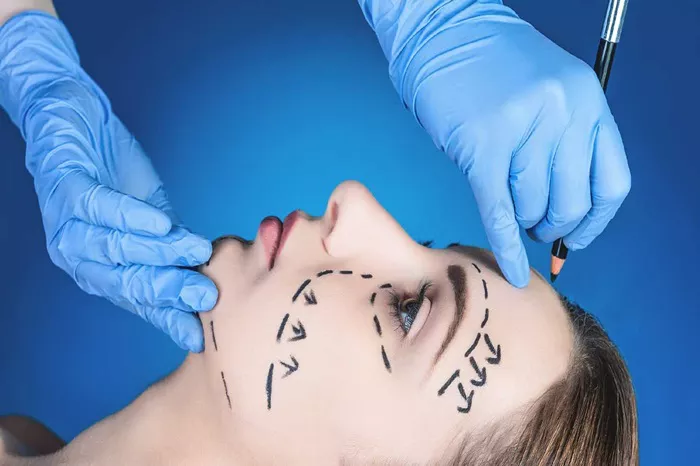The global cosmetic surgery market is projected to see substantial growth, reaching an estimated value of USD 94.5 billion by 2032, according to recent research from SNS Insider. This expansion represents a compound annual growth rate (CAGR) of 5.8% from 2024 to 2032. The market, valued at USD 56.8 billion in 2023, is expected to grow due to increasing acceptance of cosmetic procedures and technological innovations.
Factors Driving Market Growth
The increasing demand for both surgical and non-invasive cosmetic procedures is fueling growth in the cosmetic surgery market. Advancements in aesthetic devices and a growing societal focus on beauty and self-care are key contributors to the market’s upward trajectory. Additionally, the aging population, rising disposable incomes, and a heightened focus on personal grooming have significantly boosted the demand for both surgical and non-surgical cosmetic treatments.
Shifts in Consumer Preferences
The rise in demand for aesthetic treatments has encouraged more clinics and healthcare providers to enter the cosmetic surgery market. Surgical procedures like breast augmentation and liposuction have remained popular due to their long-lasting results. However, non-surgical treatments such as injectables and laser therapies are also gaining popularity due to their shorter recovery times and reduced risks.
According to the International Society of Aesthetic Plastic Surgery (ISAPS), approximately 18.9 million non-surgical procedures were performed in 2022, highlighting a growing consumer preference for less-invasive alternatives. As demand for both types of procedures increases, technological advancements are expected to further drive market growth.
Market Segmentation
By Procedure Type
In 2023, surgical procedures accounted for the majority of the market share, representing 63.2% of the total. This dominance is largely attributed to the enduring results of procedures like breast augmentation and liposuction, which require minimal follow-up care. In addition, advancements in technology, such as the development of 3D body-scanning tools and radiofrequency systems, are helping to refine surgical techniques and improve patient outcomes.
For instance, in October 2023, Fit.ai and The Marena Group launched a 3D body-scanning technology that uses artificial intelligence to assist plastic surgeons in determining the most suitable post-surgical garments for their patients. Similarly, in July 2023, Solta Medical, a subsidiary of Bausch Health Companies Inc., introduced the Thermage FLX system, a radiofrequency device approved by the FDA for eyelid treatments.
Market Demographics
The market continues to be dominated by female consumers, who accounted for 56.4% of the total market share in 2023. Popular procedures among women include skin resurfacing, hair removal, and breast reduction. The growing number of women seeking these treatments is further propelling market growth.
Future Outlook
As technological innovations continue to enhance the safety and effectiveness of cosmetic procedures, the cosmetic surgery market is poised for continued growth. The increasing availability of non-invasive alternatives and the ongoing development of cutting-edge aesthetic devices are expected to further accelerate this trend.
In conclusion, the cosmetic surgery market is set to expand significantly over the next decade, driven by advancements in medical technology, rising consumer demand for aesthetic enhancement, and a growing focus on personal wellness and appearance.
Related topics:


